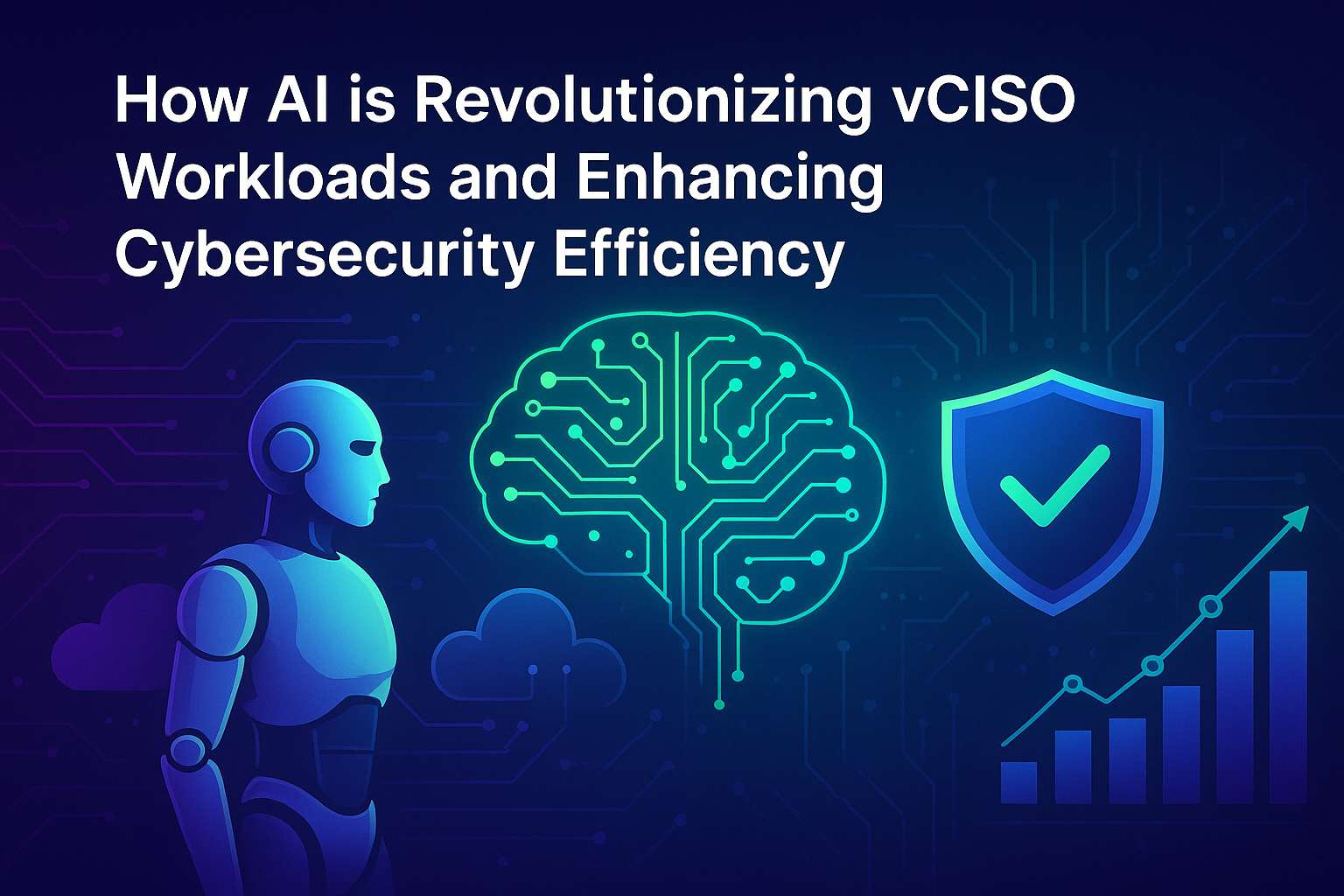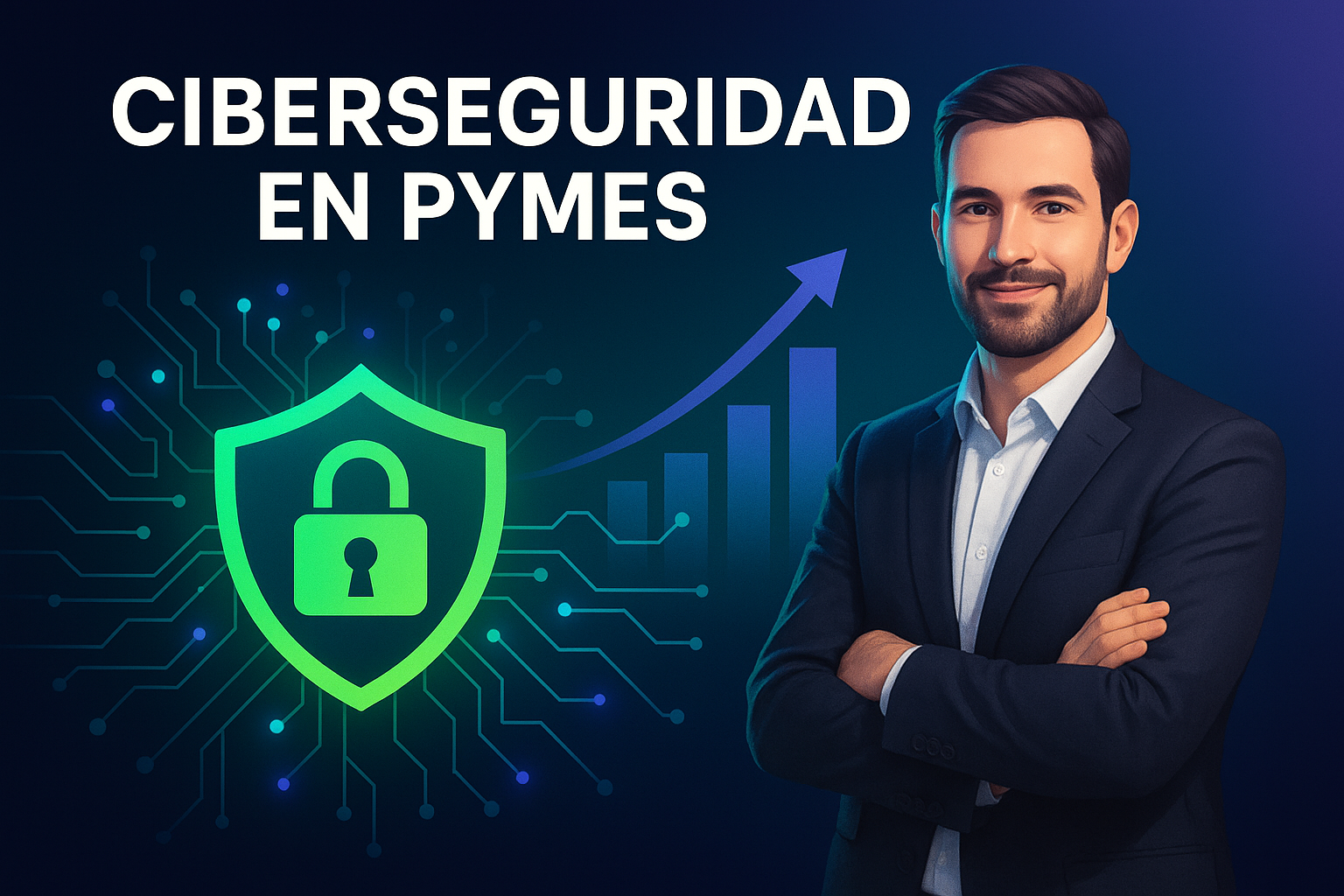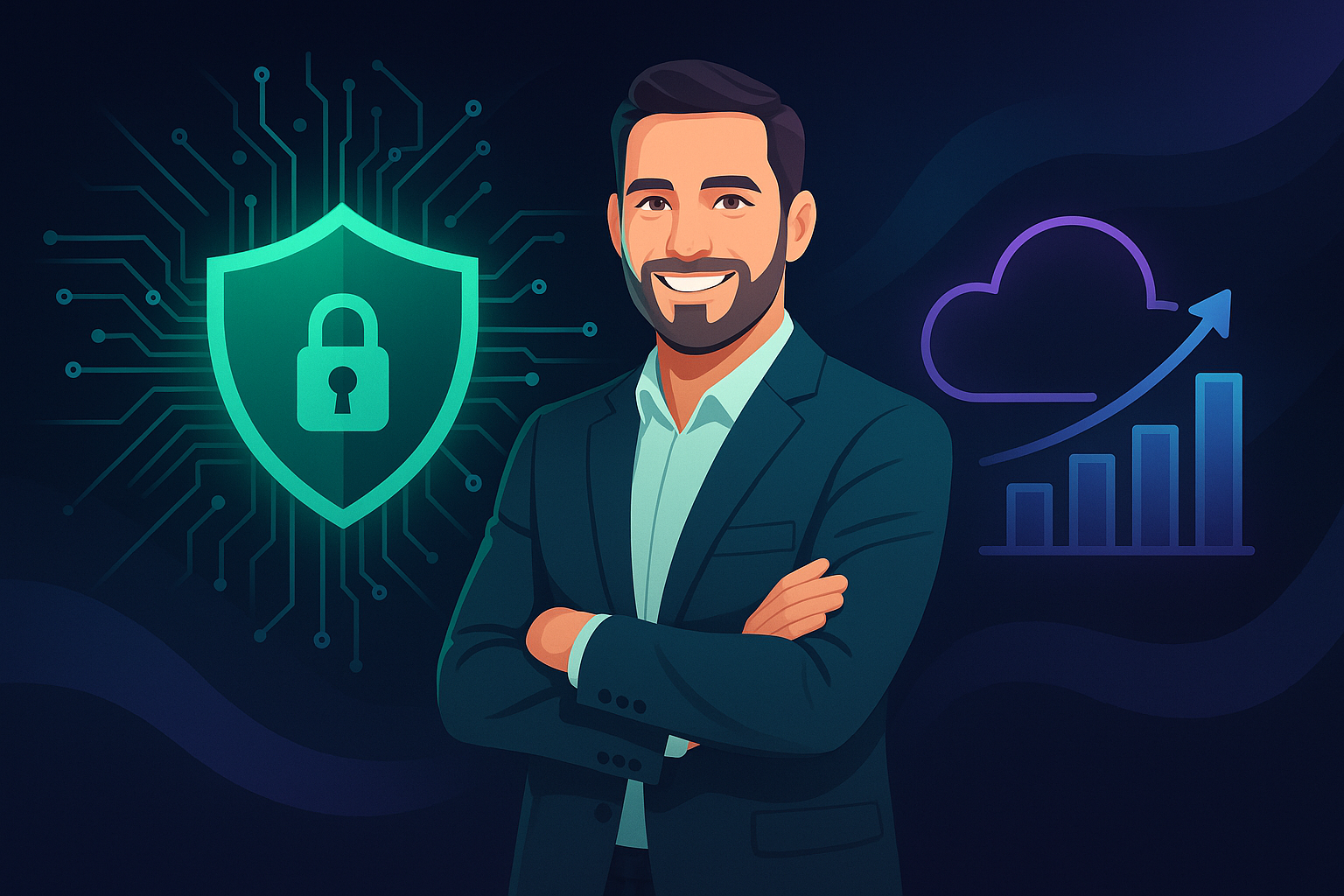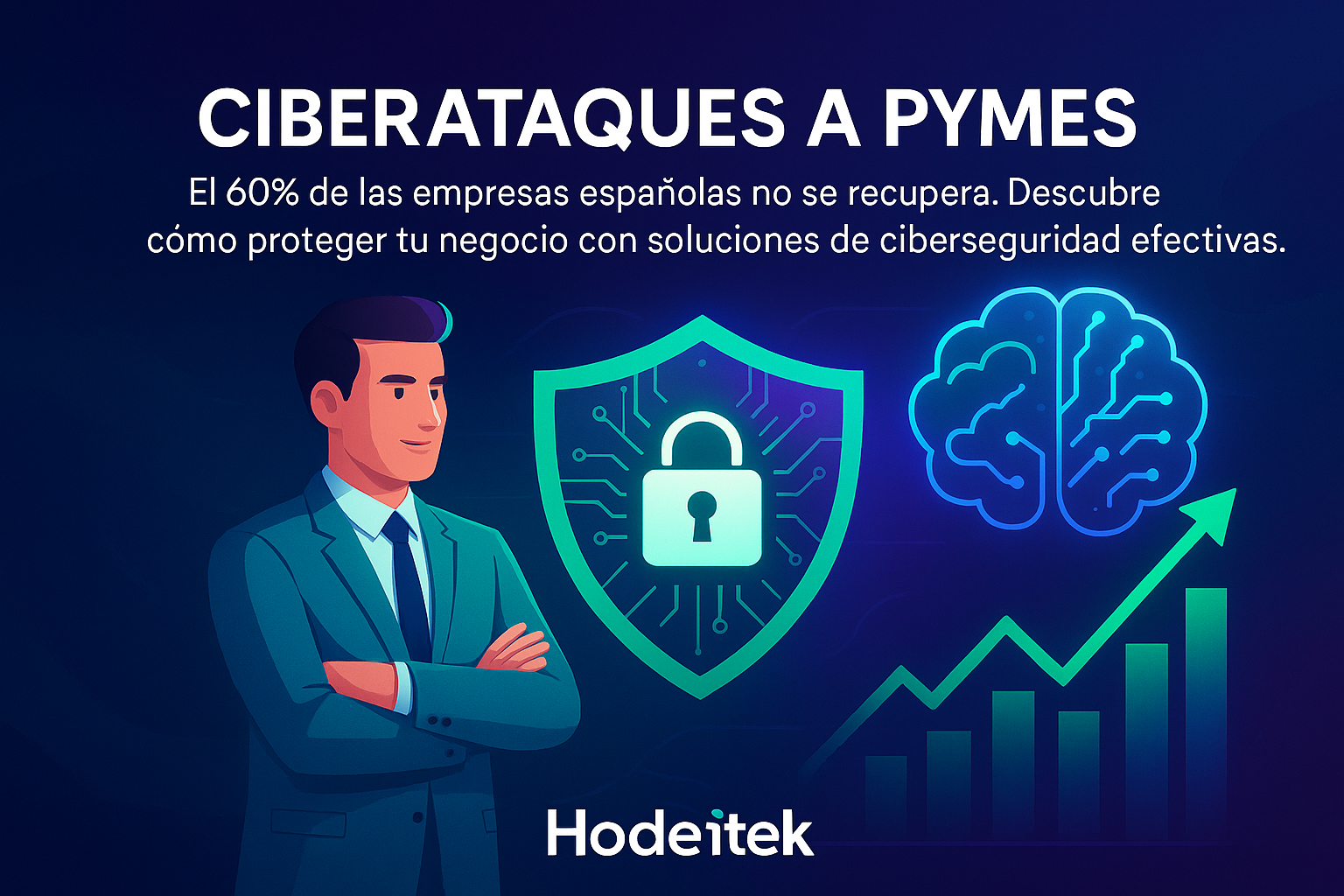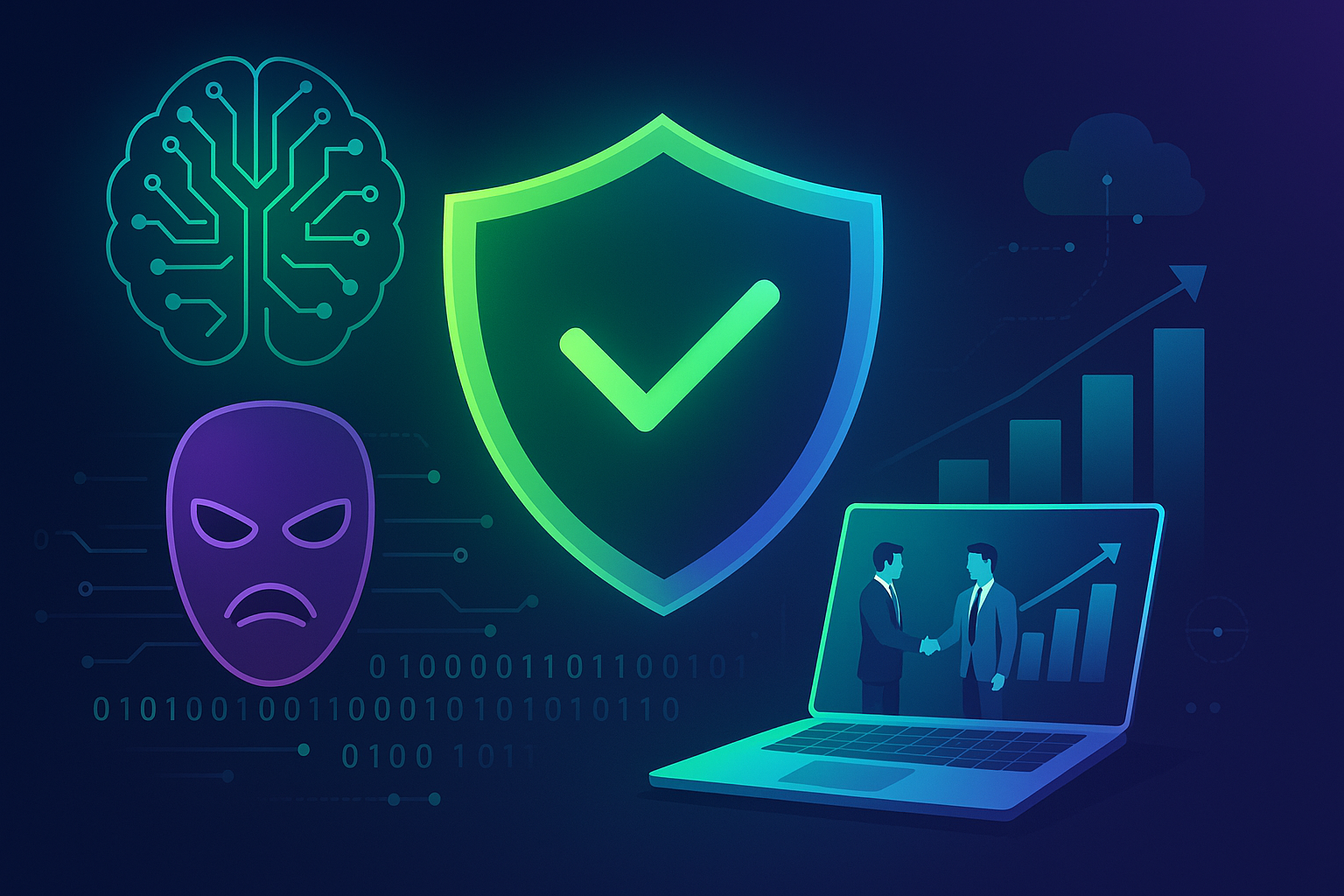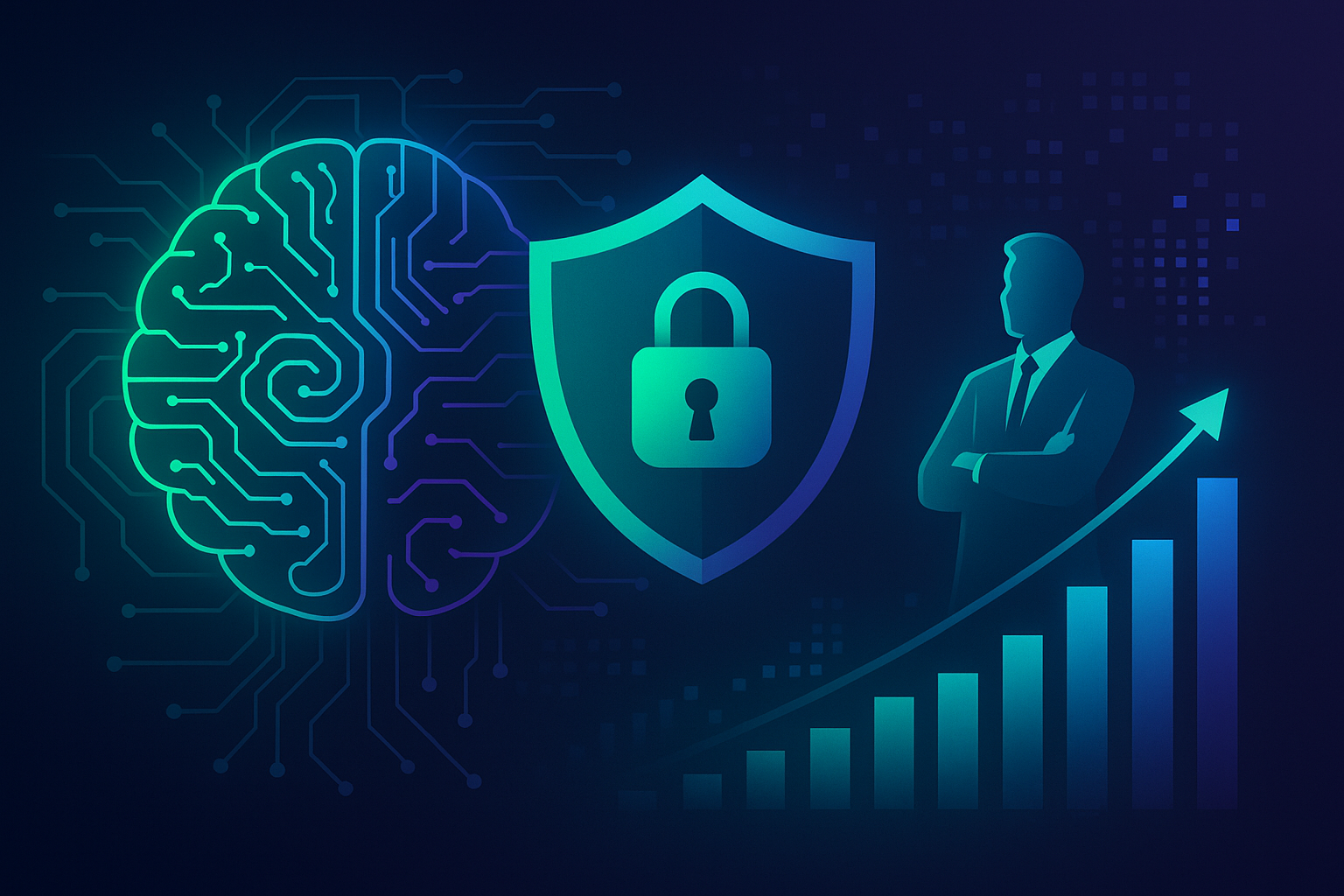Introduction: The Rise of AI in vCISO Workloads
In today’s fast-paced cybersecurity landscape, organizations are increasingly turning to AI to streamline operations, improve threat detection, and reduce manual workloads. One of the most significant impacts has been on virtual Chief Information Security Officers (vCISOs), whose responsibilities span strategic cybersecurity planning, risk management, compliance, and incident response. A recent report revealed that AI vCISO workloads have been reduced by an impressive 68%, signaling a transformative shift in how cybersecurity is managed.
As enterprises struggle with talent shortages, growing regulatory demands, and increasingly complex threat environments, the integration of artificial intelligence into vCISO services offers a scalable, efficient solution. This article delves into how AI enhances vCISO capabilities, the specific technologies driving these gains, and what this evolution means for organizations looking to bolster their security posture without overwhelming their resources.
We’ll also explore how managed cybersecurity services like those offered by Hodeitek’s SOC as a Service and EDR/XDR/MDR solutions complement AI-driven strategies to provide 24×7 protection and intelligent response.
Understanding the Role of a vCISO
What is a vCISO?
A virtual Chief Information Security Officer (vCISO) is a cybersecurity expert hired on a contractual basis to provide strategic guidance, policy development, and risk management. vCISOs are ideal for small to mid-sized businesses that lack the budget or need for a full-time CISO but still require expert oversight.
The vCISO role encompasses a wide range of responsibilities, including defining security strategies, overseeing compliance with regulations like GDPR or HIPAA, managing incident response plans, and interfacing with executive leadership.
In recent years, the demand for vCISOs has surged, driven by a rising awareness of cyber risks and the need for expert guidance in navigating them. However, the workload for vCISOs has also become more complex and time-consuming—until now.
Key Challenges Faced by vCISOs
vCISOs often juggle multiple clients, each with unique infrastructures, regulatory requirements, and threat landscapes. This requires significant time spent on:
- Manual data collection and analysis
- Compliance documentation
- Incident report generation
- Security framework mapping
These tasks can be repetitive and detract from more strategic functions like proactive threat modeling and executive reporting.
The Need for Automation
To combat these challenges, organizations and vCISO providers have increasingly turned to automation and AI. Automating repetitive, data-heavy tasks allows vCISOs to focus on higher-value work, improving the overall effectiveness of the cybersecurity program.
By incorporating tools that use machine learning and natural language processing (NLP), vCISOs can automatically draft policies, assess risks, and even generate executive-level reports tailored to specific compliance frameworks.
This is where the revolution of AI vCISO workloads begins.
AI’s Role in Reducing vCISO Workloads
Automated Risk Assessments
One of the most time-consuming responsibilities of a vCISO is performing risk assessments. AI can dramatically reduce the time needed by ingesting network data, identifying vulnerabilities, and classifying risks based on severity and exposure.
Platforms leveraging AI can provide continuous assessments rather than periodic ones, ensuring real-time visibility into the organization’s threat posture. This aligns perfectly with services like Hodeitek’s Vulnerability Management as a Service (VMaaS), which provides automated scanning and risk ranking.
Through AI, risk assessments become more accurate, faster, and consistent—cutting down vCISO workloads significantly.
Policy Drafting and Compliance Automation
Drafting cybersecurity policies can be a tedious task, particularly when aligning with frameworks like NIST, ISO 27001, or CIS Controls. AI tools trained on thousands of security documents can draft tailored policies within minutes.
These tools also automate compliance tracking by mapping controls against real-time system data, alerting vCISOs of gaps and recommending remediations. This not only saves time but also enhances accuracy and audit readiness.
Coupled with a managed security solution like Cyber Threat Intelligence (CTI), organizations can ensure compliance policies are informed by the latest threat intelligence.
Incident Response and Reporting
When incidents occur, time is of the essence. AI-driven systems can generate incident reports in real time, correlating logs from various sources to pinpoint root causes and attack vectors.
Natural language generation (NLG) enables these systems to produce human-readable summaries, reducing the time vCISOs spend creating executive briefings or technical reports.
Integration with tools like Hodeitek’s Next Generation Firewall (NGFW) enhances automated detection and containment, empowering rapid response.
Key Technologies Powering AI vCISO Workloads
Natural Language Processing (NLP)
NLP allows AI systems to understand and generate human-like language, enabling tasks such as policy writing, report generation, and compliance documentation to be automated.
These capabilities not only reduce manual effort but also ensure consistency and compliance with regulatory standards.
Modern NLP models can adapt language based on audience—creating executive summaries or technical breakdowns with equal ease.
Machine Learning (ML)
ML models are at the heart of AI decision-making. These algorithms can detect patterns, predict threats, and automate responses based on historical and real-time data.
By continuously learning from evolving threats, ML tools ensure that vCISO services remain proactive rather than reactive.
This complements Hodeitek’s 24×7 Industrial SOC as a Service, where AI correlates operational data to detect anomalies in OT environments.
Robotic Process Automation (RPA)
RPA enables the automation of repetitive tasks like data entry, email parsing, and dashboard updates—freeing up vCISOs for more strategic initiatives.
For example, RPA bots can automatically gather threat intel feeds, update asset inventories, and populate compliance dashboards daily.
This boosts productivity while maintaining data accuracy and consistency across platforms.
Benefits of AI-Enhanced vCISO Services
Cost Efficiency
With AI reducing the time and effort required for routine tasks, organizations can access vCISO services at a lower cost or reallocate those resources to more critical areas.
This is particularly beneficial for SMBs, where budgets are tight but cybersecurity needs are critical.
AI-powered services like Hodeitek’s SOC as a Service offer enterprise-grade protection without the enterprise-grade price tag.
Improved Accuracy and Consistency
Human error is a common risk in cybersecurity. AI minimizes this by standardizing processes and ensuring that risk assessments, reports, and compliance checks are executed uniformly.
This consistency enhances audit readiness and regulatory compliance, reducing the likelihood of fines or breaches due to oversight.
Automated documentation also simplifies board-level communication and strategic planning.
Scalability and Agility
AI tools can scale effortlessly, handling increasing data volumes and evolving threats without requiring additional human resources.
This scalability allows vCISOs to serve multiple clients more effectively, improving service quality and speed of response.
Agility in adapting to new threats is crucial, and AI makes this possible through continuous learning and real-time updates.
Case Studies Demonstrating Success
Mid-Sized Financial Firm
A mid-sized bank implemented AI tools to support their vCISO. Within six months, they reported a 70% reduction in time spent on compliance reporting and a 50% increase in risk detection accuracy.
The integration with a managed EDR platform further streamlined their incident response processes.
These results were achieved with no additional staffing, demonstrating the power of AI in transforming cybersecurity operations.
Healthcare Provider
A regional healthcare organization leveraged AI to automate HIPAA compliance tasks and vulnerability scanning. This reduced vCISO workload by 60% and improved their audit outcomes significantly.
The organization also used Hodeitek’s VMaaS to maintain a real-time view of their threat exposure.
This proactive approach allowed them to identify and patch vulnerabilities faster, protecting patient data and ensuring regulatory compliance.
Manufacturing Company
In a highly regulated OT environment, a manufacturing firm used AI to augment their industrial SOC. This reduced false positives by 40% and decreased incident response time by 35%.
Their vCISO could now focus on strategic planning and vendor risk management rather than day-to-day operations.
This integration demonstrates how AI vCISO workloads can be optimized in even the most complex environments.
Risks and Considerations
Overreliance on Automation
While AI is a powerful tool, it should not replace human judgment entirely. Overreliance can lead to missed nuances in threat detection or misinterpretation of compliance requirements.
vCISOs must strike a balance between automation and strategic oversight to maintain a robust security posture.
Proper governance frameworks should be established to define AI boundaries and responsibilities.
Data Privacy and Ethical Concerns
AI systems require access to large datasets, raising concerns about data privacy and misuse. Organizations must ensure that AI tools comply with data protection regulations and ethical standards.
Transparent algorithms and regular audits can help mitigate these risks.
Partnering with trusted providers like Hodeitek ensures that AI implementations adhere to global standards.
Implementation Complexity
Integrating AI into existing cybersecurity frameworks can be complex and resource-intensive. Proper planning, stakeholder buy-in, and expert guidance are essential for success.
Organizations should consider engaging managed service providers with experience in AI deployments.
Hodeitek offers expert consultation and implementation support to ensure smooth transitions and optimal outcomes.
Call to Action: Future-Proof Your Cybersecurity with AI and Hodeitek
The evolution of AI vCISO workloads marks a significant milestone in cybersecurity maturity. By reducing manual effort, increasing efficiency, and improving accuracy, AI is empowering vCISOs to deliver more value than ever before.
Whether you’re a growing business or a large enterprise, integrating AI into your cybersecurity strategy can provide a competitive edge and robust defense against evolving threats.
Ready to transform your cybersecurity operations? Contact Hodeitek today to explore our AI-powered vCISO solutions, SOC as a Service, and advanced threat intelligence offerings.
Don’t just react to threats—anticipate and neutralize them with intelligent, scalable cybersecurity services from Hodeitek.
Sources:
